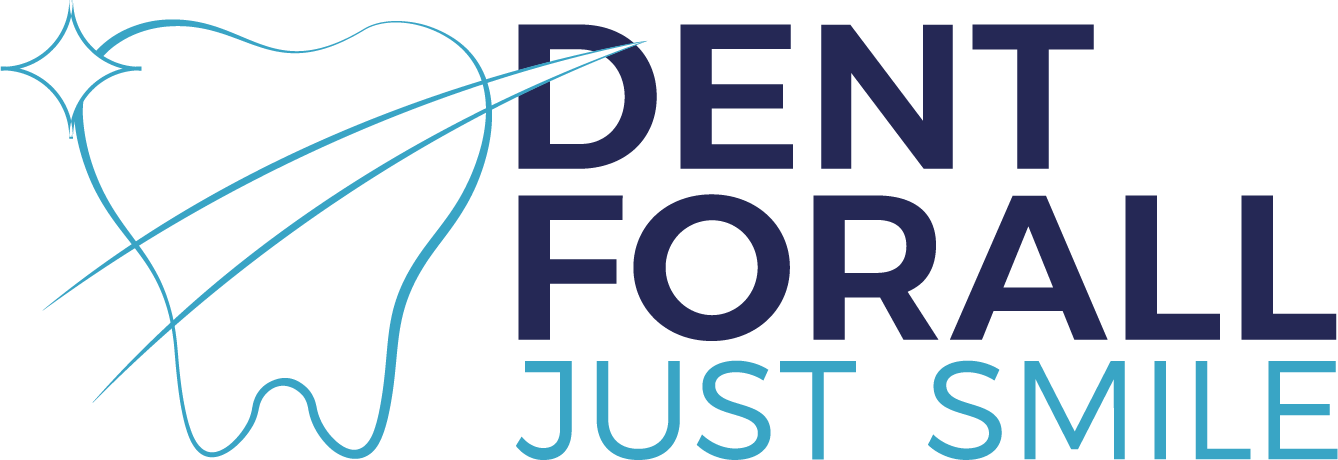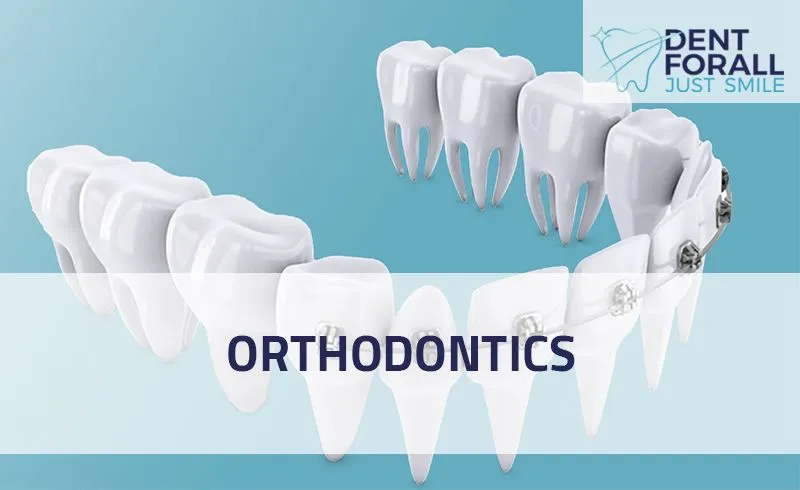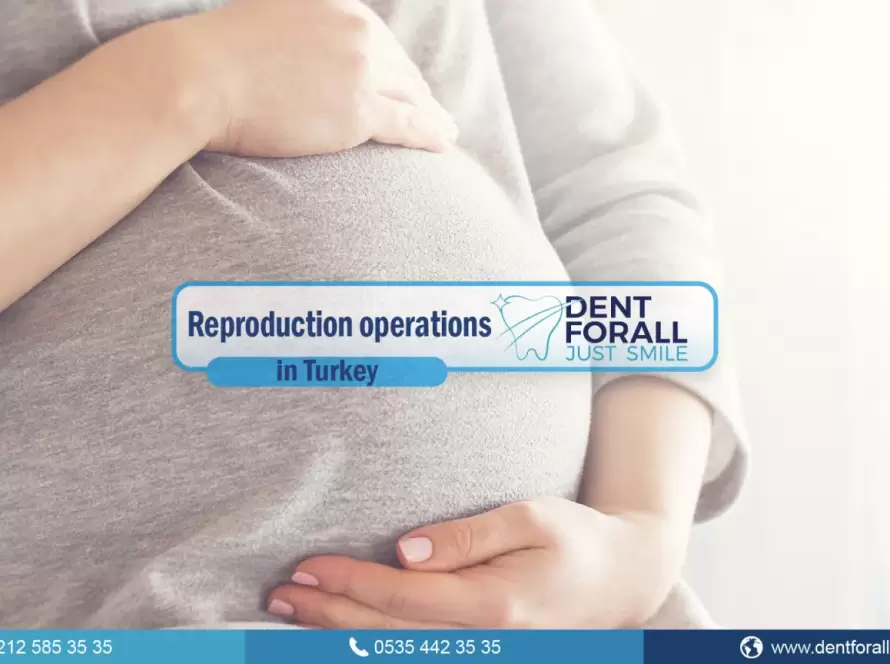Orthodontics (Braces)
Orthodontics is one of the important methods that treats the defects of occlusal teeth caused by tooth irregularity or malocclusion of the upper and lower jaws. Orthodontics is one of the treatment options that aim to improve the appearance of the teeth and their functional performance by moving or adjusting their straight, it also distributes the pressure force generated by occlusal teeth to all teeth, which in turn improves the general health of the teeth, gums, and jaw joints.
What are the conditions that require braces?
Here are the most common dental problems that require orthodontic treatment:
- Anterior upper teeth protrusion: one of the most common causes of orthodontic treatment.
- Teeth crowding: People with a narrow jaw do not have enough space for the teeth, which leads to their crowding together.
- Impacted or unerupted teeth: Some teeth may not appear in adults due to their growth in a location other than their original one.
- Asymmetric teeth: This is represented by the malocclusion of the center of the upper and lower teeth, and this makes the teeth appear asymmetric.
- Deep occlusal: It occurs when the lower teeth are covered with a large percentage of the upper teeth.
- Reverse occlusal: It occurs when the upper teeth are closed inward more than the lower teeth.
- Open occlusal: It occurs when the anterior upper teeth are not closed to the lower teeth when the mouth is closed.
There are other health problems, such as the need for braces as part of treatment for cleft lip and palate.
Braces types:
Metal brace (conventional)
This is the most common type of braces, and it is made entirely of metal.
Ceramic brace
This type is characterized by that the braces slings that are affixed to the tooth are made of ceramic and the wires used are usually metal or made of a certain light-colored material.
The distinctive color of ceramic braces makes it one of the types that are not easily observed on the teeth, but its cost is high and it must be cleaned continuously in order to preserve its color.
Internal brace
One of the types that some may prefer because they are completely hidden behind the teeth, which is called lingual or internal brace. But this type has some disadvantages, as it is difficult to completely clean, and its cost is high and not suitable for all cases.
Transparent brace
This type consists of a full transparent mold that is specially designed for the patient’s teeth, and is changed every two weeks.
Almost the entire brace period requires approximately 18-30 different molds, which are changed every few weeks with the change of the distances between the teeth.
Although this type is almost semi-transparent and not observed by others, it may be high cost and not suitable for all cases, and it takes a long time to achieve the required results.
DENT FOR ALL Center provides an orthodontic service. Don’t hesitate to contact us and get a free consultation from our medical staff




